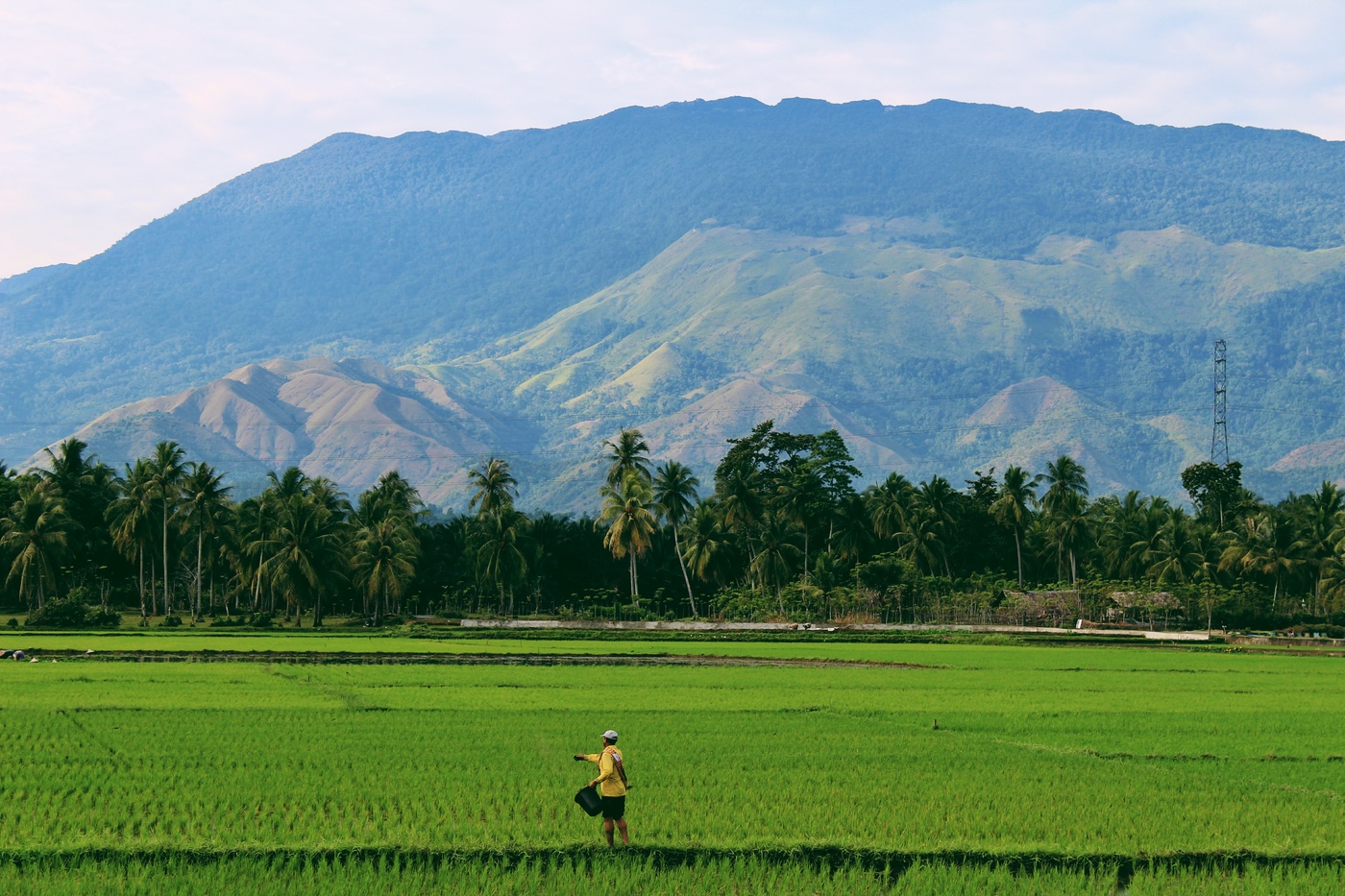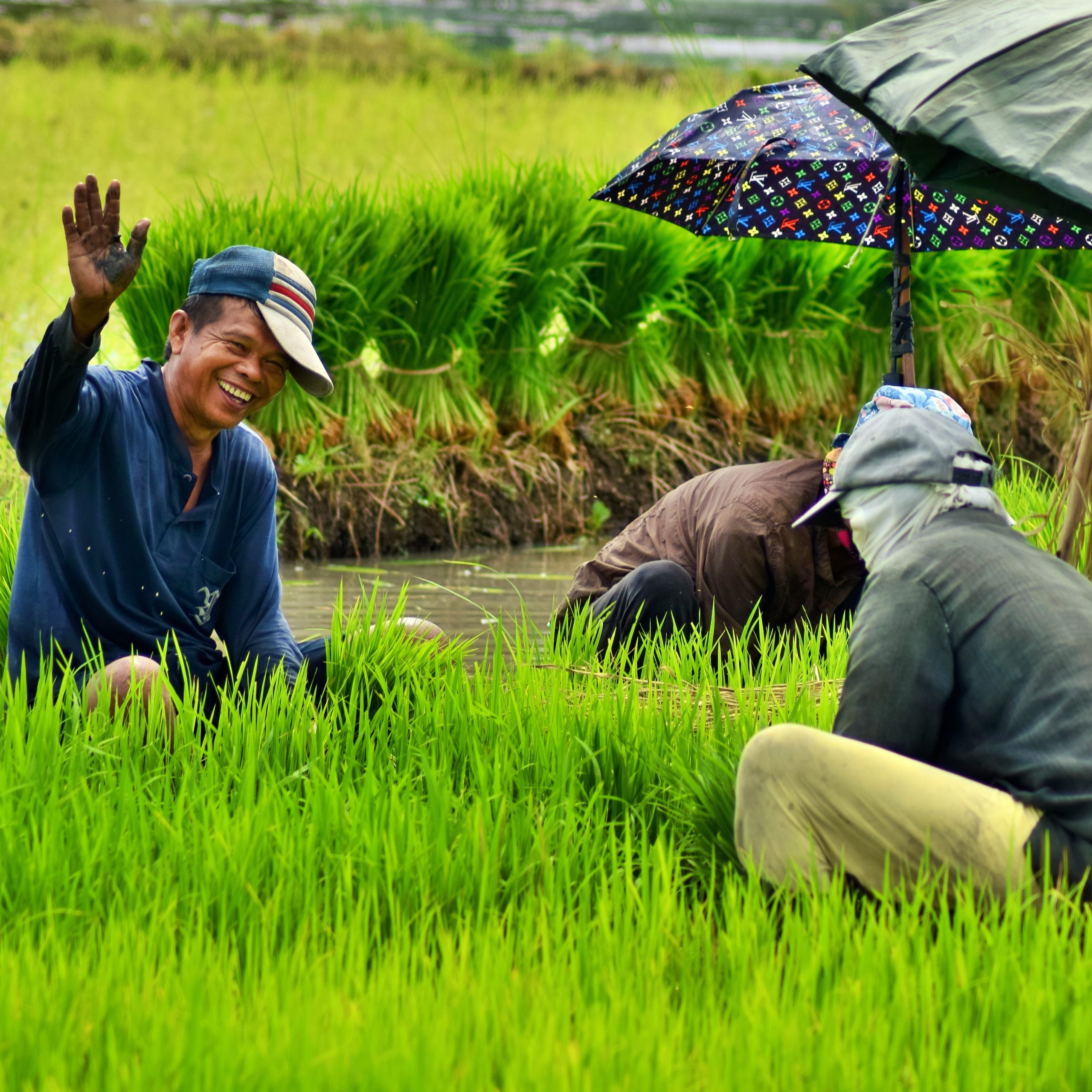Harvesting Heat: How Record Temperatures Shake Food Prices and Supply Chains

In the bustling aisles of grocery stores, the once-familiar prices of everyday essentials have begun to perform an erratic dance, catching shoppers off guard. While factors like pandemic disruptions and geopolitical tensions have already stretched food prices, a new player has entered the arena, sending shockwaves through the global food system. Record-high temperatures, spurred by the climate crisis, have taken center stage, inflicting a heavy toll on some of the most cherished crops.
Amidst the backdrop of a scorching summer that spans continents, the agricultural heartlands of Europe, the US, and Asia find themselves grappling with a relentless wave of heatwaves, droughts, and erratic weather patterns. As a result, the once-flourishing harvests have withered, and certain crops have suffered immensely. Take, for instance, the plight of olive oil, a Mediterranean treasure. A parched summer has thwarted olive trees, diminishing their productivity and driving olive oil prices to unprecedented heights. Spain, a major olive oil producer, has seen average temperatures surge up to 4°C above the norm, exacerbating an already dire situation due to persistent droughts.
Rice paddies have also fallen victim to climate’s capriciousness. Italy, known for its delectable risotto, anticipates a sharp drop in rice output due to the relentless assault of drought for the second consecutive year. A lackluster monsoon and worrisome forecasts have set the stage for a reduced crop yield in Thailand. The ripple effects extend globally, triggering concerns over rice and sugar supplies. India’s rice exports took a hit due to heavy monsoon rains, and the Californian rice belt, recovering from a severe drought, felt the strain of economic losses and reduced planting.
Soybean growers across regions are grappling with their own climate-induced challenges. The US Midwest, a cornerstone of American agriculture, battles its worst drought since 2012, while South America faces a three-year-long drought, particularly afflicting Argentina. As soybean yields decline, a looming shortage of livestock feed threatens to ignite price hikes, cascading through the entire food chain.
The current turbulence paints a stark picture of a climate-ravaged future where crop yields dwindle and food systems crumble. NASA predicts that maize yields could plummet by 24% by 2030 due to the intensifying climate crisis. Acknowledging this grim reality, efforts are underway to forge more resilient crops, optimize water usage, and refine fertilization methods. Yet, it’s important to note that agriculture’s role in greenhouse gas emissions must not be overlooked. The food sector alone contributes about one-third of global emissions. Unfortunately, climate finance for agricultural solutions remains scant, with only a fraction allocated to address this urgent concern. The World Economic Forum’s plea for transformative financial strategies emphasizes the need for equitable and sustainable change, highlighting pivotal financial mechanisms that could steer us toward a more secure and balanced future.
Source: Hellenic Shipping News Worldwide



